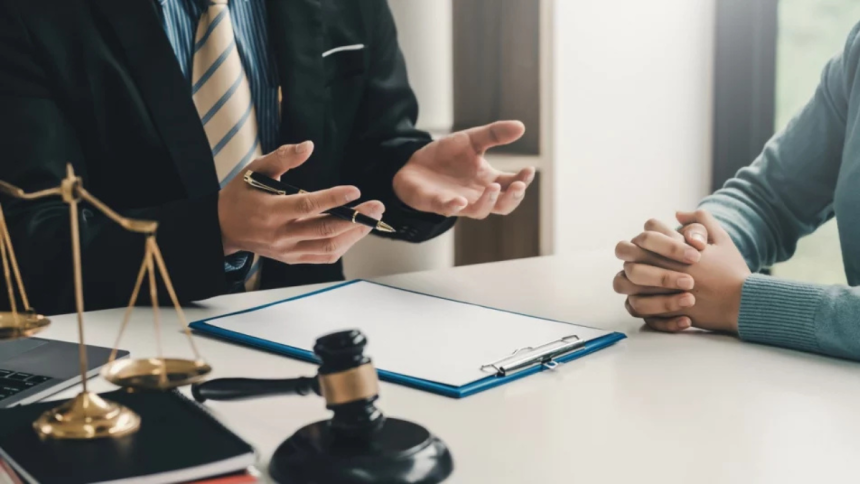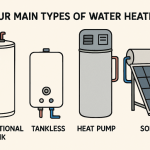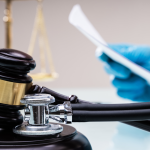When someone is hurt in an accident, the first question often asked is: Who’s at fault? Determining legal responsibility—liability—is a key step in any personal injury case. Whether it’s a car crash, a slip-and-fall, or a dog bite, figuring out who caused the injury (and who should pay for it) is what personal injury law is all about.
This process can feel confusing, but at its heart, it’s based on fairness and accountability. In most cases, liability comes down to negligence—a legal term that means someone failed to act with reasonable care. This article will discuss how liability is decided, what negligence means, and how it plays out in court or settlement discussions.
1. What Is Negligence in Personal Injury Law?
“Negligence occurs when an individual or business fails to act with the level of care that a reasonably prudent person would use under similar circumstances, and that failure results in someone getting hurt,” explains William Theodoros, Attorney at Theodoros & Rooth, P.C., a Northwest Indiana law firm dedicated to representing individuals injured due to others’ negligence. “For instance, if a grocery store allows a spilled drink to remain on the floor and a customer slips and suffers a broken arm, that situation may constitute negligence. The store was responsible for maintaining a safe environment and did not fulfill that obligation.”
“To establish negligence in a legal setting,” adds Theodoros, whose firm has successfully handled a wide range of serious injury and wrongful death cases across Indiana, “the injured party, known as the plaintiff, must demonstrate four key elements: duty, breach, causation, and damages. This means the responsible party (the defendant) had a legal obligation to exercise care, failed to meet that standard, directly caused the injury, and resulted in tangible harm, such as medical expenses, lost income, or pain and suffering. At Theodoros & Rooth, we work closely with clients to gather the evidence and expert testimony needed to prove these elements and pursue full compensation.”
2. Comparative and Contributory Fault: When More Than One Person Is to Blame
Sometimes, the injured person shares some responsibility for what happened. “Let’s say a pedestrian was hit by a car while jaywalking; the driver and the pedestrian may be partially at fault. That’s where comparative fault rules come in. In states that use this rule, a person’s compensation is reduced by the percentage of fault they share. Other states follow contributory negligence, a stricter rule. In those states, if the injured person is even slightly at fault, even 1%, they may be barred from recovering anything. Knowing which rule your state follows is essential because it can significantly affect how a personal injury case plays out,” says Paul Betts, General Manager at Mixit
3. The Role of Evidence in Establishing Liability
“Determining liability isn’t just about telling a story; it’s about proving it. Evidence plays a huge role in personal injury cases. It can include photos or video from the scene, eyewitness statements, police reports, medical records, and expert opinions. This helps paint a clear picture of what happened and who was responsible,” says Ben Flynn, Marketing Manager at 88Vape. For example, a traffic camera showing a driver running a red light in a car accident can be robust evidence of fault. In a slip-and-fall case, surveillance footage showing how long a spill was left unattended can make or break the case. The stronger the evidence, the more precise the liability becomes.
4. Legal Responsibility Beyond the Obvious: Vicarious and Premises Liability
Sometimes, the person who caused the injury isn’t the one who ends up being held legally responsible. Dr. Nick Oberheiden, Founder at Oberheiden P.C., adds, “Vicarious liability applies when an employer is responsible for an employee’s actions—for example, if a delivery driver causes an accident while on the job. The employer can be held liable, even if they weren’t there. Premises liability is another familiar concept. Property owners are responsible for keeping their premises safe. The property owner may be liable if a visitor is injured because of a dangerous condition, like a broken step or an unmarked wet floor. These laws help ensure that people and businesses take responsibility for the safety of others.”
5. How Courts and Insurance Companies Decide Fault
“Insurance adjusters often decide liability before a case reaches a courtroom. They review evidence, interview witnesses, and examine laws to determine who was at fault and how much compensation should be offered. Many cases are settled this way. However, if the parties can’t agree, the case may go to court. In a trial, a judge or jury will review the facts and apply the law to determine fault and damages. This formal process is more time-consuming but may be necessary when liability is disputed or the injuries are severe,” says Martha Bowen, Marketing & New Business Manager at Boldspace.
Conclusion
Determining liability in a personal injury case may sound complicated, but at its core, it’s about answering one question: Who acted carelessly, and did that carelessness cause harm? The law ensures that the right people are held accountable through rules like negligence and comparative fault. Whether negotiating with an insurance company or heading to court, understanding how liability works puts you in a stronger position. And if you’re ever unsure, a personal injury lawyer can help you make sense of your case and fight for the compensation you deserve.
Lynn Martelli is an editor at Readability. She received her MFA in Creative Writing from Antioch University and has worked as an editor for over 10 years. Lynn has edited a wide variety of books, including fiction, non-fiction, memoirs, and more. In her free time, Lynn enjoys reading, writing, and spending time with her family and friends.















